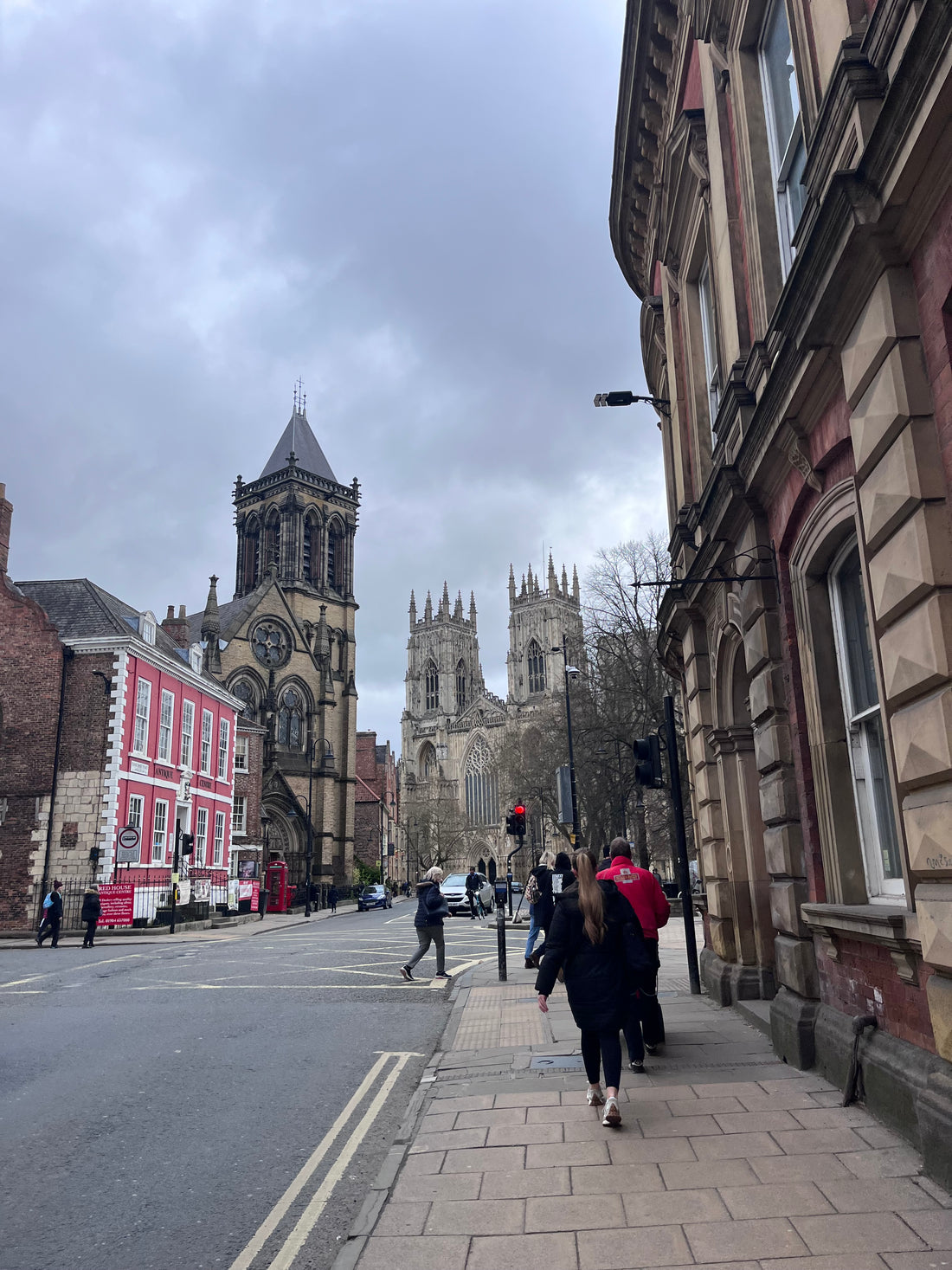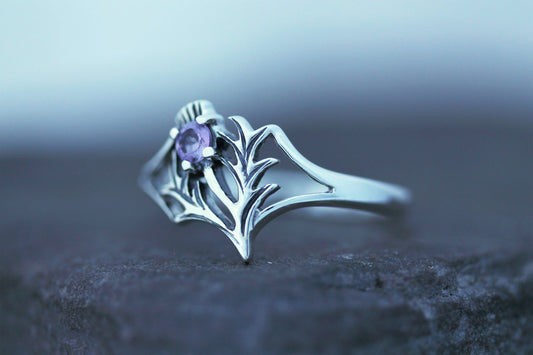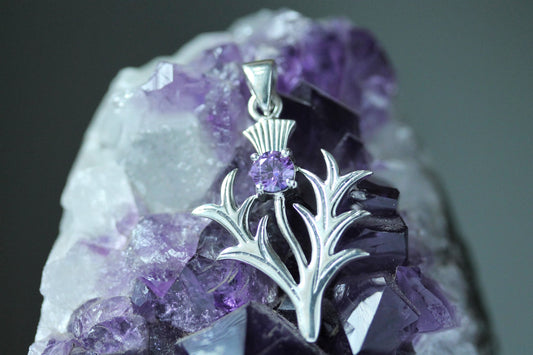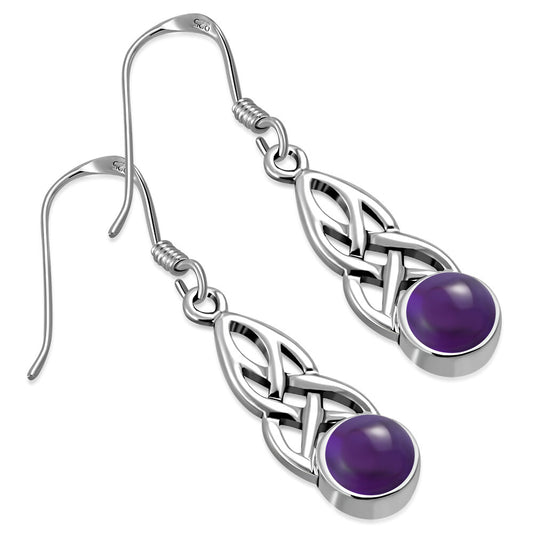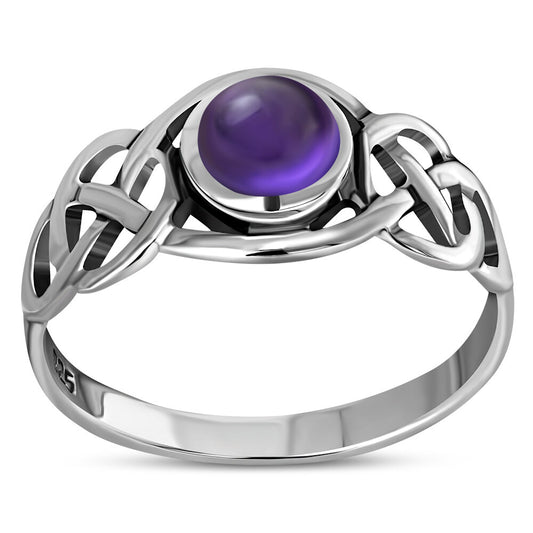
In the heart of England's historic city of York, amidst the ancient walls and winding streets, lies a tale woven with threads of Celtic heritage. Though often overshadowed by the narratives of Roman occupation and Viking conquests, the influence of the Celts in York is a rich tapestry waiting to be explored. Join me on a journey through time as we unravel the layers of history and discover the enduring legacy of the Celts in York.
The origins of York, known in Roman times as Eboracum, can be traced back to the Brigantes, a Celtic tribe inhabiting the region during the Iron Age. The Brigantes were known for their fierce independence and warrior culture, and their settlement in York flourished as a vital hub of trade and commerce.
One of the most significant archaeological finds showcasing Celtic influence in York is the Galla Placidia fibula, a bronze brooch discovered in the city. This intricate piece of Celtic artistry, adorned with swirling motifs and elaborate designs, serves as a testament to the craftsmanship and skill of the ancient Celts who once thrived in the region (Green, 2012).
As the Roman Empire expanded its reach into Britain, York emerged as a strategic military stronghold, home to a legionary fortress and a bustling civilian settlement. The Romans left a lasting imprint on the city, but traces of Celtic influence remained embedded in its culture and landscape.
Following the decline of Roman rule, York underwent a period of transition, as waves of Anglo-Saxon and Viking invaders swept across the land. However, the spirit of the Celts endured, shaping the identity of the city and leaving an indelible mark on its history.
Today, evidence of Celtic influence can still be found scattered throughout York, waiting to be discovered by those who know where to look. The Yorkshire Museum, for example, houses an impressive collection of Celtic artifacts, including jewelry, weapons, and pottery, offering visitors a glimpse into the lives of the ancient Celts who once inhabited the region (Heslop, 2010).
Another notable site showcasing Celtic heritage is the York Minster, a magnificent Gothic cathedral that stands as a symbol of the city's religious and cultural heritage. While the current structure dates back to the medieval period, the site has been a place of worship since Celtic times, with earlier churches and religious artifacts buried beneath its foundations (Giles, 2016).
In addition to these prominent landmarks, traces of Celtic influence can also be found in the city's street names, local legends, and traditional celebrations. From the haunting melodies of Celtic music to the timeless beauty of Celtic art, the spirit of the Celts continues to shape the identity of York to this day.
As we delve deeper into the history of the Celts in York, it becomes clear that their legacy is woven into the very fabric of the city—a tapestry of culture, tradition, and resilience that endures through the ages. So, the next time you wander through the streets of York, take a moment to pause and reflect on the rich heritage that surrounds you—the legacy of the Celts, waiting to be discovered.
References:
- Green, M. (2012). The Brooches of the Galla Placidia Group. British Archaeological Reports.
- Heslop, T. A. (2010). The Early Northumbrian Monastery of St Peter's at York. Boydell & Brewer.
- Giles, K. J. (2016). York Minster: A Living Legacy. The History Press.



